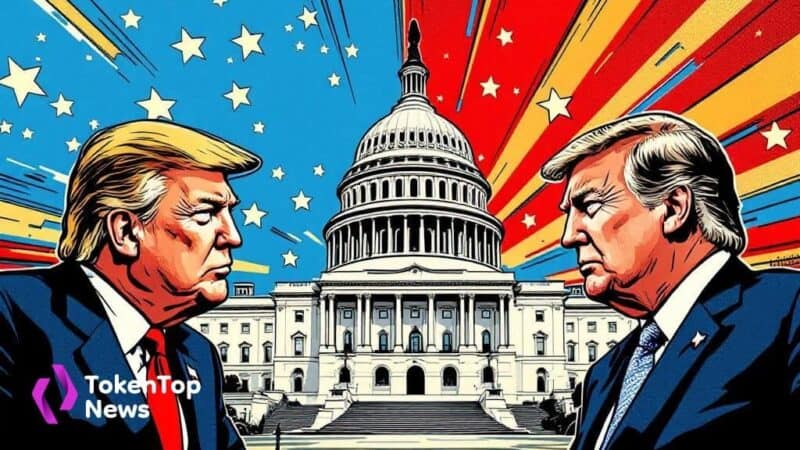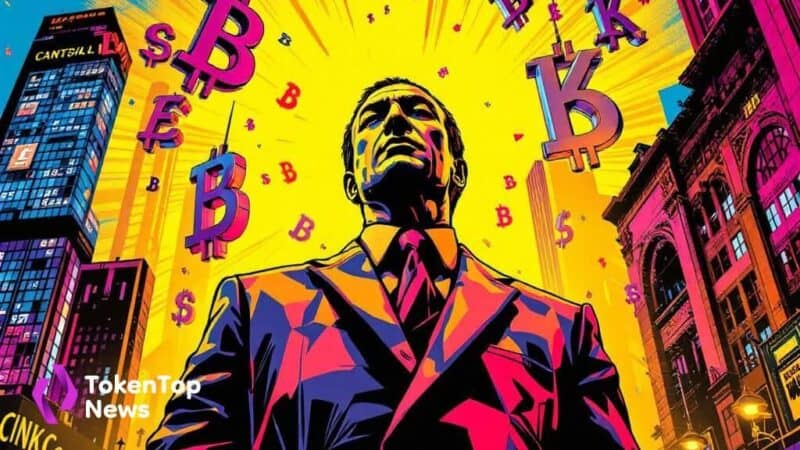Bitcoin Affordability Drops: 3,766 Work Hours Needed
- Bitcoin BTC -0.89% cost requires 3,766 work hours, highlighting affordability concerns.
- Price influenced by ETF inflows and corporate buying.
- No regulatory changes or market shifts recorded.

Bitcoin Magazine has drawn attention to a startling statistic on July 12, 2025, indicating that over 3,766 work hours are now required to afford one Bitcoin at the average US wage.
Bitcoin’s Valuation
Bitcoin Magazine recently spotlighted Bitcoin affordability now requires 3,766 work hours at average wage in the ever-evolving cryptocurrency market, asserting that 3,766 working hours are now necessary to buy one Bitcoin at typical US earnings. This fact surfaces amid rising Bitcoin prices, crossing $106,000 after significant institutional involvement.
The original claim by Bitcoin Magazine emerged on social media, crediting analyst Anil for the data. The publication, co-founded by noted figures like Vitalik Buterin, operates under BTC Inc., steered by CEO David Bailey. His engagement is evident in major crypto-centric events, marking Bitcoin’s journey.
The cost of Bitcoin, driven by a $6.9 billion influx into US spot Bitcoin ETFs and considerable investments from companies such as Strategy and Metaplanet, underscores the prevailing trend of Bitcoin’s growing inaccessibility for average earners. The symbolic nature of this hourly wage stat echoes the digital currency’s evolving narrative of scarcity.
FUN FACT: You now need to work over 3,766 hours just to afford one #bitcoin at the average US wage. Digital scarcity at its finest ✨
A broader observation from these developments reflects Bitcoin’s continued trajectory of price increase and monetary symbolism, though no direct changes in governance or token mechanisms are reported. While the stat captures digital money’s narrative, its impact is sociological rather than regulatory or systemic.
Increased institutional interest in Bitcoin fortifies notions of its digital scarcity and high valuation relative to average earnings. This trend mirrors past cycles, emphasizing historical and contemporary influences in the Bitcoin arena and the symbol it represents within the digital economy.




